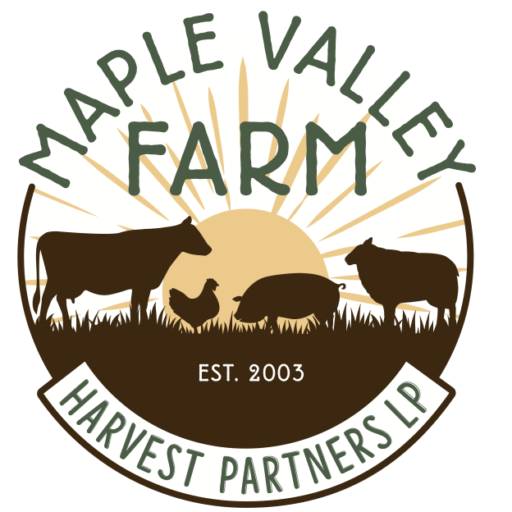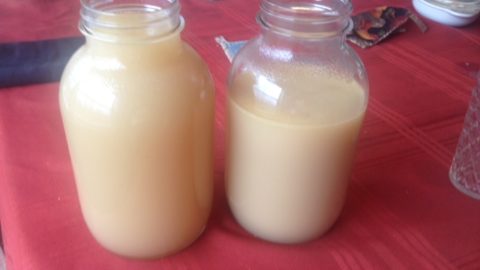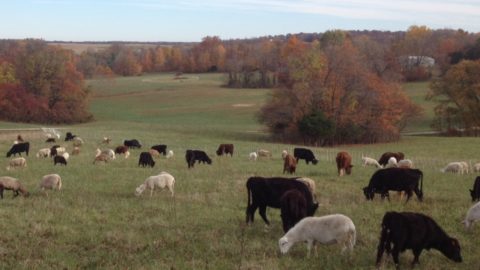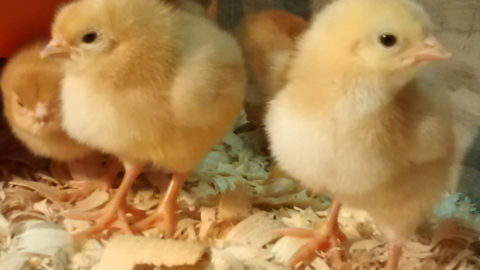Cooking Methods Matter
How food is grown greatly affects its flavor and nutrition. But cooking and preparation methods also play a big role in the availability of nutrients and the presence of toxins and anti-nutrients. Why spend good money or effort finding high-quality food (such as grass-fed beef and lamb, pasture-raised chicken and eggs and organic vegetables), only to lose the benefits during preparation?
The Modern Programmable Cooker
We live out of our freezer for our meat and eat a wide variety of fresh and frozen vegetables. So, we’ve really enjoyed the convenience of our Instant Pot programmable cooker. But the Instant Pot, while useful as a slow cooker, sauté pan and yogurt maker, is primarily used as a pressure cooker in our household. What, pray tell, is the effect of pressure cooking on your food?
Does Pressure Cooking Use Really High Heat?
Conventional wisdom once had it that pressure cooking was a fast, high temperature method of cooking that would destroy the vitamins in your food. For all of us who have come to love the convenience, tenderness and vivid flavors offered by the Instant Pot, let’s hope that’s just incorrect. Let’s examine this more closely.
Grit Your Teeth for a Return to Science Class!
You may remember from your school days (or maybe not!) the equation that relates pressure, volume and temperature: PV=nRT, where P=pressure, V=volume, T=temperature and, for our purposes here, nR is a numeric constant. This equation says that, given a fixed volume (V) (corresponding to the fixed size of the pressure cooker), that increasing temperature (T) will result in a proportional increase in pressure (P) or vice versa. Now, our pressure cookers have no way of independently increasing pressure inside the cooker (e.g., there are no vacuum pumps, etc.) Therefore, pressure is strictly a function of the temperature, which in our Instant Pot, is a function of the internal heating element. If we leave the heating element turned on, the pressure cooker will eventually reach a maximum temperature (and pressure) limited by the size of the cooker and the heating element itself. The million dollar question is, “What is the maximum temperature and is it high enough to damage nutrients in the food we’re cooking?”
Eureka! The Maximum Temperature is…
My initial research shows that we’ll need to work backwards from maximum pressure in order to find our maximum temperature. Fortunately, there is actually somewhat of a standard (though not a formalized one) for pressure cooker maximum pressures. 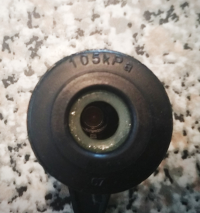 It’s 15 pounds per square inch (psi) for cookers made in the United States and 14.5 (psi) for European cookers. We see from the chart that the boiling point of water at 15 psi is 250 degrees Fahrenheit. 250 degrees is the maximum temperature of the steam inside the cooker and therefore, the maximum cooking temperature (assuming of course that you are suspending the food somewhere above and out of direct contact with the heating element.) I’m not sure where my cooker is manufactured, so I removed the pressure regulator (that little thingy that rocks back and forth on top of the older pressure cookers) and looked at the bottom of it (see picture at right.) It says 105 KPa which translates to just over 15 psi and corresponds to a maximum cooking temperature of about 250 degrees Fahrenheit.
It’s 15 pounds per square inch (psi) for cookers made in the United States and 14.5 (psi) for European cookers. We see from the chart that the boiling point of water at 15 psi is 250 degrees Fahrenheit. 250 degrees is the maximum temperature of the steam inside the cooker and therefore, the maximum cooking temperature (assuming of course that you are suspending the food somewhere above and out of direct contact with the heating element.) I’m not sure where my cooker is manufactured, so I removed the pressure regulator (that little thingy that rocks back and forth on top of the older pressure cookers) and looked at the bottom of it (see picture at right.) It says 105 KPa which translates to just over 15 psi and corresponds to a maximum cooking temperature of about 250 degrees Fahrenheit.
Does Pressure Cooking Destroy Nutrients?
The verdict? It turns out that most of the cooking done by the pressure cooker is a result of the pressure and the steam created inside the cooker, not the heat. Pressure cookers actually cook at a lower temperature than most other methods (steaming, roasting, etc.) but do it more efficiently. It’s the combination of high pressure and steam that allows the cooker to do its job so quickly and at such (relatively) low temperature. So, while all cooking methods reduce nutrients to some degree, the pressure cooker is one of the better options for retaining nutrients. (Here is just one study I found that showed favorable results of pressure cooking over other methods.) Now, to be fair, there have been a few studies that showed a decrease in nutrients within the cooked foods. However, follow up studies showed that the nutrients were not lost but transferred to the cooking liquids within the cooker. It’s for this reason that we do not cover our foods with liquid in either the slow cooker or the pressure cooker but instead include a small amount of liquid in the bottom of the cooker with the food suspended on a rack above. You can also make a gravy, sauce or other drinkable broth from the liquid.
What Can We Cook?
Today’s programmable cookers are extremely versatile and can cook anything from cheesecake to quick breads to hard-boiled eggs. But we use ours mostly for making stock, roasts, soups, stews and broths, vegetables and some occasional rice. We like that we can get a frozen roast from the freezer to the table in about an hour and 15 or 20 minutes! Ground beef or Italian sausage, much faster.
Pressure Cooking: Bottom Line
Like other methods of cooking, pressure cooking can destroy some of the nutrients in food, but it has been shown to preserve more than any other cooking method.
With the newer programmable models, pressure cooking is a safe, convenient and healthy way to get food on the table for your family while still preserving the nutrients in your food.
Do you use a pressure cooker? What’s your favorite way to use it? We’d love to hear your ideas or experiences in the comments below.
